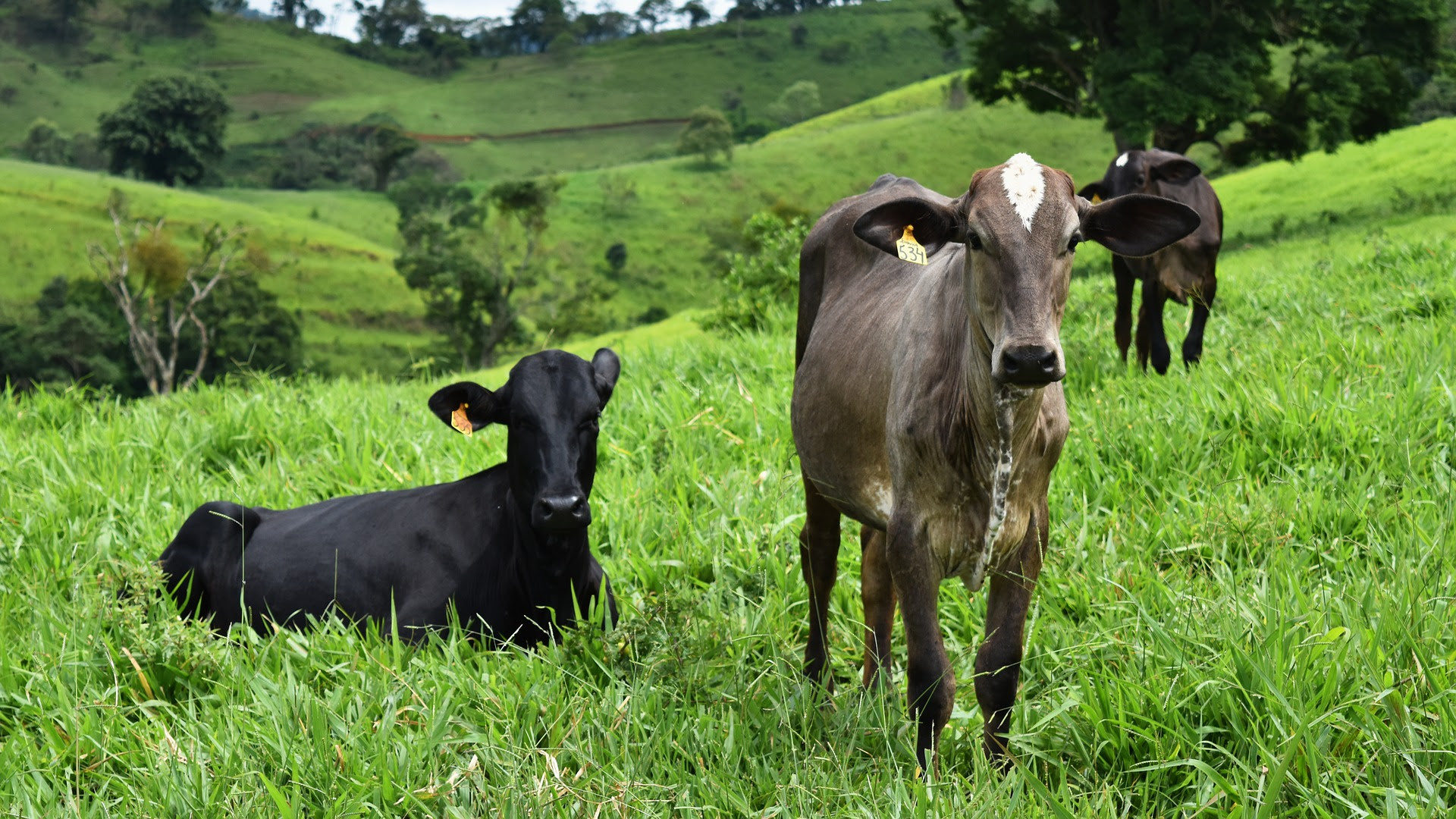
The simplificationToo often, the production of food from cattle and other ruminants is framed as a simple process: feed in → food and waste out. In this perspective, we primarily value the food produced, and perhaps the ratio of output/input or food/waste. However, the focus on short term outputs—efficiency of food production and waste reduction—makes it easy to overlook the other functions of livestock whose impacts are not felt until much later. Furthermore, if cows are valued only for their milk-to-money or milk-to-carbon ratios, then it is a logical choice to phase them out when given the option of superior production technologies. Do we even have the framework to assess the impact of that choice, both positive and negative, on long-run ecological outcomes? It is crucial to understand and value the many impacts of cattle and ruminant farming systems in order to compare between options and incentivize approaches that will be farsighted and beneficial.
|
